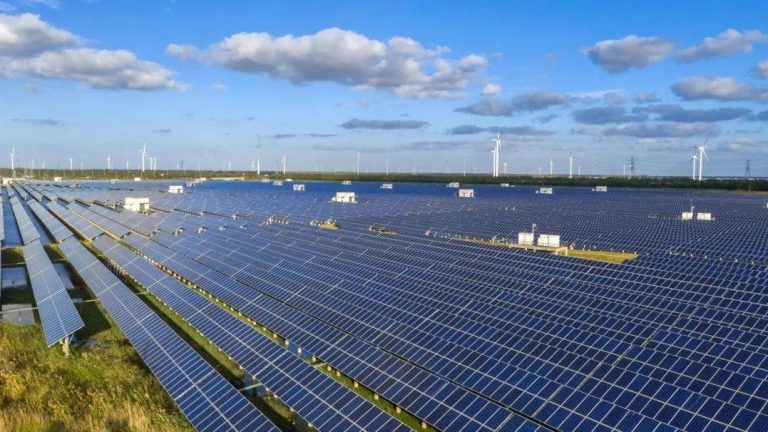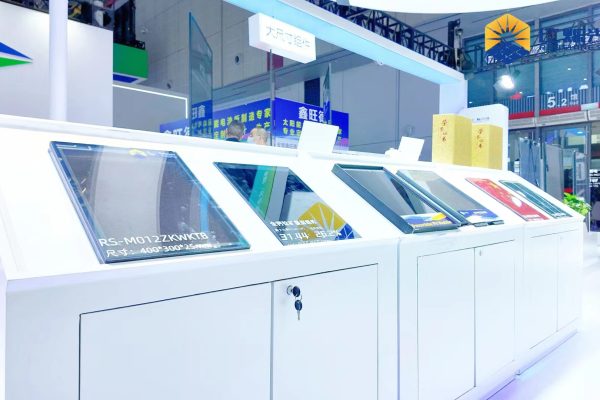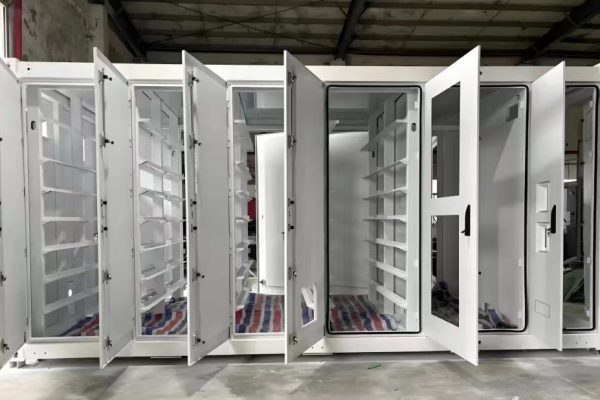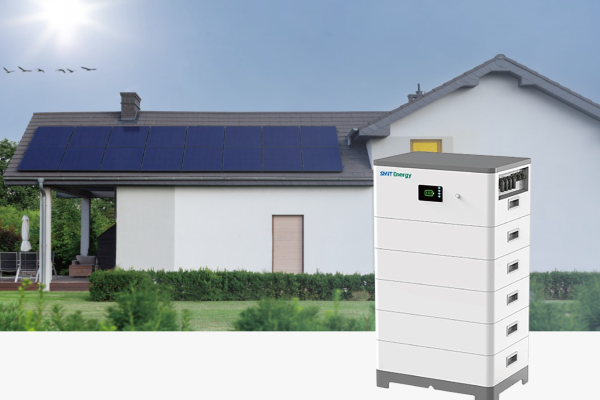Practical Guidelines for Compact, Off-Grid, and Flexible Living
1. Why Energy Storage Matters for Mobile and Tiny Homes
Mobile and tiny homes represent a fast-growing trend worldwide. Whether it’s a camper van, off-grid cabin, or modular house, reliable energy is a key factor for comfort and independence.
Since space and budget are limited, designing an Energy Storage System (ESS) requires balancing:
- Compactness – small footprint and lightweight design
- Efficiency – optimized charging/discharging cycles
- Flexibility – easy integration with solar, grid, or even generator inputs
- Safety – robust protections in confined living environments
2. Step 1: Defining the Energy Demand
Before choosing batteries or inverters, start with a load profile. Common appliances include:
- LED lighting (10–50W total)
- Laptop/phone chargers (50–200W)
- Small refrigerator (100–300W, intermittent)
- Induction cooktop or microwave (500–1500W, occasional use)
- Water pump (200–500W, short bursts)
- Air conditioning or heating (500–1500W, seasonal use)
👉 Tip: List appliances, calculate daily Wh consumption, and add 20–30% buffer for safety.
3. Step 2: Selecting the Battery System
A. Battery Chemistry
- LiFePO₄ (Lithium Iron Phosphate): Best choice for safety, long cycle life, and compactness.
- NMC (Nickel Manganese Cobalt): Higher energy density but more expensive and heat-sensitive.
- Lead-acid: Lower cost but heavier and shorter life span.
B. Battery Capacity
- For tiny homes (stationary): 5–15 kWh is typical.
- For mobile homes (RVs/vans): 2–8 kWh is sufficient for essentials.
C. Modular Packs
Using parallel packs allows flexibility: expand capacity later without replacing the entire system.
4. Step 3: Choosing the Inverter/Charger
Hybrid inverters are ideal because they:
- Accept solar PV input (DC)
- Support grid/generator charging (AC)
- Provide backup power for appliances
Key Selection Criteria:
- Continuous power rating (usually 2–5 kW for tiny/mobile setups)
- Surge power capacity (important for pumps or compressors)
- Multi-phase support (not needed for most mobile/tiny homes; single-phase is enough)
- Integrated MPPT controller to simplify installation
5. Step 4: Space and Thermal Considerations
In compact homes, space is limited. Keep in mind:
- Batteries: Store under benches, beds, or dedicated cabinets with ventilation.
- Inverter: Wall-mount near the electrical hub. Avoid damp areas.
- Cooling: Provide airflow to prevent overheating, especially in RVs or hot climates.
👉 Rule of Thumb: Maintain at least 10 cm clearance around power electronics.
6. Step 5: Safety and Protection
- DC fuses and breakers between PV, battery, and inverter
- Grounding to avoid shock hazards
- Battery Management System (BMS) for voltage, temperature, and current control
- Arc and fire protection in enclosed spaces
Since tiny homes and mobile units are confined, safety margins must be stricter than in larger installations.
7. Step 6: Mobility & Expandability
- Pre-wired all-in-one cabinets are ideal for quick deployment.
- Plug-and-play connectors simplify expansion when adding solar panels or batteries.
- Portable ESS kits (like power stations) can complement the main system for flexible use outdoors.
8. Practical Configurations
For a Mobile Van
- Battery: 5 kWh LiFePO₄
- Inverter/Charger: 3 kW hybrid inverter
- PV Input: 600–1200 W rooftop solar
- Generator Backup: 1–2 kW portable generator
For a Stationary Tiny Home
- Battery: 10 kWh LiFePO₄
- Inverter/Charger: 5 kW hybrid inverter
- PV Input: 2–4 kW solar array
- Grid Connection: Optional, with net-metering if available
9. Benefits for Owners
- Energy independence: Works off-grid or during outages
- Space efficiency: Compact and modular
- Sustainability: Solar self-consumption reduces utility costs
- Scalability: Easy to expand as needs grow
- Start with a clear load profile to size the system correctly.
- LiFePO₄ batteries are the most suitable for compact, safe use.
- Choose a hybrid inverter with integrated MPPT for simplicity.
- Plan ventilation and safety protections carefully in tight spaces.
- Use modular, pre-integrated kits for easier deployment and upgrades.
Designing an ESS for tiny or mobile homes is about balancing practicality with safety, ensuring owners enjoy reliable power without overcomplicating the system.









